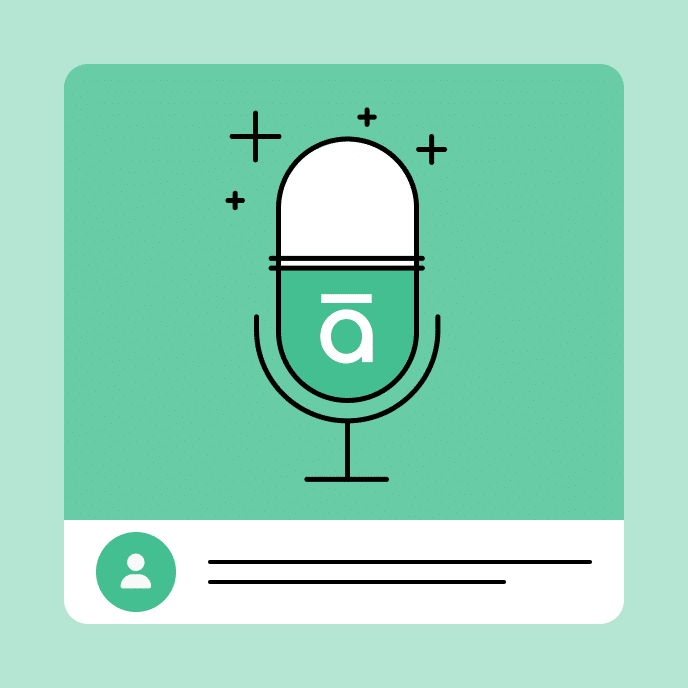What Is EN 301 549? A Quick Guide to the European Web Accessibility Standard
Build better digital experiences for all. Uncover the history and importance of EN 301 549, and find out how it contributes to a more inclusive digital world.

European standards with global influence
If your business operates within the European Union (EU)—or plans to—you’ll want to keep reading. The EU has strict accessibility requirements, and EN 301 549 is the benchmark. It sets the bar for digital accessibility, ensuring that Information and Communication Technology (ICT) products and services are accessible to people with disabilities.
Aligning with EN 301 549 not only ensures compliance but also promotes a consistent standard for digital accessibility worldwide. What’s more, EU laws mandate that public and private companies provide accessible ICT, making conformance to this standard essential to your global strategy.
Whether you create digital content for private companies, government agencies, or the public, following EN 301 549 ensures your content is accessible to all learners while meeting compliance and legal requirements—a win-win. In this post, we’ll get you up to speed on EN 301 549 by answering some of your most frequently asked questions.
Key Takeaways
What is EN 301 549?
EN 301 549 is a European standard for web accessibility that defines and harmonizes technical accessibility requirements for ICT products and services. It establishes requirements to ensure digital tools—such as websites, mobile apps, and software—are usable by people with disabilities. Initially developed for public organizations, this standard now extends to private organizations under the European Accessibility Act (EAA)—a law we’ll explore in the next section.
Not only a comprehensive guide for ensuring digital inclusion, EN 301 549 also:
- Codifies legal requirements that mandate web accessibility across organizations in the EU.
- Establishes a standardized definition of web accessibility.

What is the European Accessibility Act?
The European Accessibility Act (EAA) is a directive designed to improve the accessibility of products, services, and digital experiences for people with disabilities. Adopted in 2019, the EAA sets shared standards for non-discrimination and accessibility across EU member states.
EU member states are required to implement web accessibility standards under the EAA, with enforcement beginning in June 2025. To meet these requirements, organizations must follow EN 301 549, the technical standard for digital content that ensures compliance.
Does EN 301 549 apply to organizations outside of Europe?
You might assume that organizations outside of the European Union don’t need to worry about complying with EN 301 549. However, regardless of location, organizations must conform to ECN 301 549 if they:
- Provide ICT products and services within the EU.
- Operate within the EU or conduct business there.
Beyond legal compliance, aligning with EN 301 549 makes sense for organizations that want to stay ahead of evolving global accessibility regulations. It also offers significant benefits, including reduced legal risks, expanded market opportunities, and better digital experiences for all.
What’s the connection between EN 301 549 and the Web Content Accessibility Guidelines (WCAG)?
You may be wondering how EN 301 549 compares with WCAG, the global guidelines developed by the World Wide Web Consortium (W3C) and often used to measure web accessibility. The good news if you’re familiar with WCAG is that EN 301 549 uses WCAG 2.1 AA as the baseline for web content accessibility requirements, so the two standards have a lot of overlap. There are significant differences, however, including:
Scope
WCAG primarily focuses on web accessibility. EN 301 549 expands that scope beyond digital content to other ICT products and services, such as biometrics and telecommunications.
Audience
WCAG is required under Section 508, which applies to U.S. federal agencies and organizations doing business with them. EN 301 549 is the accessibility standard for ICT products and services in the EU, primarily affecting public-sector organizations. Both standards can impact organizations outside their respective regions if they do business with U.S. federal agencies or EU public-sector entities.
Jurisdiction
WCAG is referenced globally, while EN 301 549 applies to EU member states under the EAA.
Legality
Unless explicitly stated otherwise, WCAG guidelines are not legally binding. EN 301 549 is a legally mandated accessibility standard enforced under the EAA.
EN 301 549 through the years
EN 301 549 was developed by the European Telecommunications Standards Institute (ETSI) in collaboration with other European agencies and has undergone several updates since its publication. This iterative approach and timeline is indicative of the EU’s ongoing commitment to digital inclusivity:
2014
EN 301 549 was released in response to the European Commission Mandate 376, requiring accessible ICT products and services in the EU.
2018
Version 2.1.2 aligns more closely with WCAG 2.1 AA and improves accessibility features by covering a broader range of disabilities.
2021
Version 3.2.1 further incorporates WCAG 2.1 AA—extending its applicability to web-downloaded documents like PDFs and officially supporting the European Web Accessibility Directive (WAD).
2025
Version 4.1.1 is in development to support the EAA (Directive (EU) 2019/882), which mandates compliance with web accessibility standards for organizations across the EU starting in June 2025.
The latest version of EN 301 549 is available on the European Telecommunications Standards Institute (ETSI) website.
Why does EN 301 549 conformance matter for digital accessibility?
For starters, conforming with EN 301 549 will be the law for organizations within the EU and doing business there, with enforcement beginning in June 2025. Beyond that, the EU is at the forefront of digital accessibility, setting a strong precedent for nations worldwide. The aim is to ensure equal access so that everyone, including individuals with disabilities, can fully participate in and benefit from digital experiences. That’s a goal we can all get behind.
With the EAA deadline fast approaching, now is the time to understand EN 301 549 and evaluate how your e-learning courses align with this accessibility standard. Continue expanding your accessibility knowledge, and you’ll play an essential role in creating content that empowers everyone.
You may also like

AI Security Tips: Best Practices in the Workplace
Protect your business with these essential AI security tips. Learn how to use AI responsibly, safeguard data, and avoid risks in the workplace.

